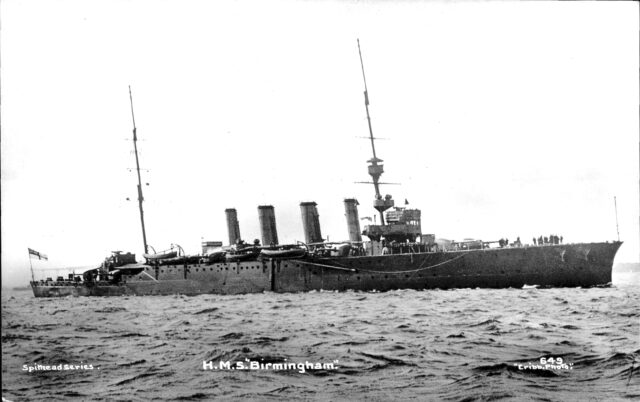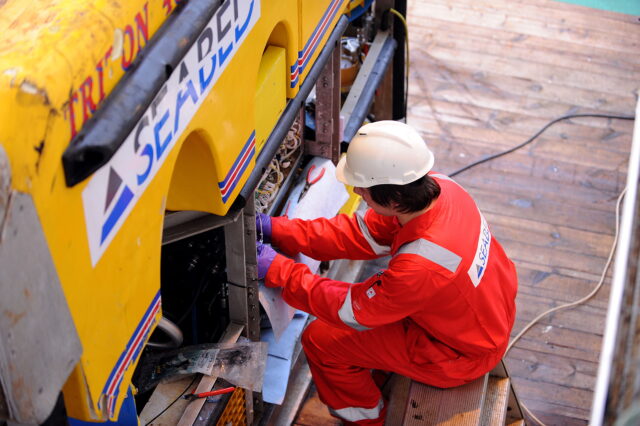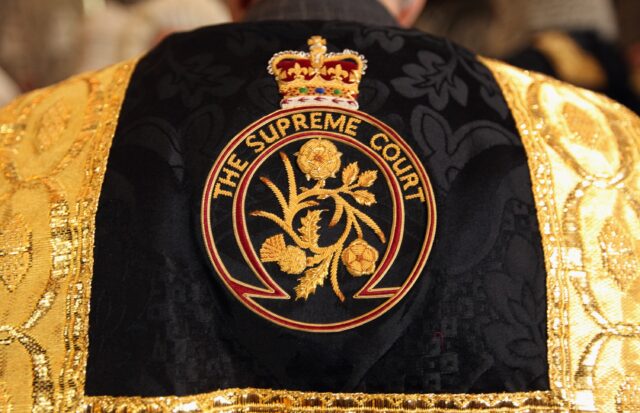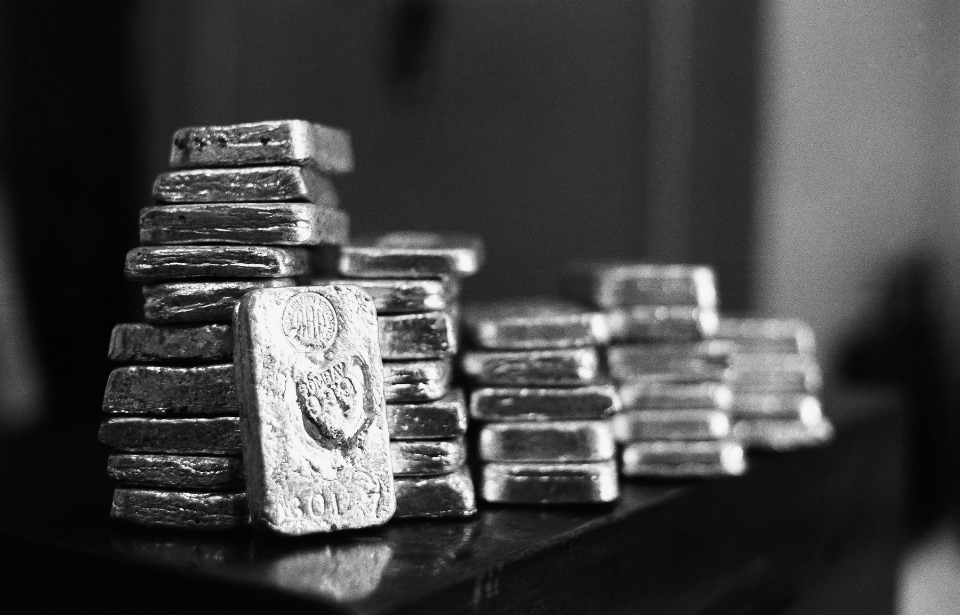Colloquially known as the “Indian Titanic,” the WWII-era SS Tiwala, with all of its treasures, was sunk in the Indian Ocean. Given its nickname, the treasure lost in the wreck was not a small sum. In fact, it is estimated to be worth a whopping $43 million in 2020. Unfortunately, the team that finally found the treasure lost it just as quickly.
The sinking of the SS Tilawa

During the war, the SS Tilawa, a non-military passenger-cargo ship, was making the trip from Bombay (now Mumbai) to Durban, South Africa. The vessel was transporting a crew of 222 members, 732 passengers, and four artillerymen. However, that wasn’t the only thing aboard the ship. In its cargo was a massive hoard of silver bullion intended to be turned into coins by the South African mint. Unfortunately, the ship never made it to its destination.
On November 23, 1942, the Tiwala was struck by two torpedoes fired by an Imperial Japanese Navy’s I-29 submarine near the Seychelles Islands. While it stayed afloat following the first strike, the second one caused the ship to sink below the surface. Sadly, 280 of its passengers were lost in the sinking, but the 678 survivors were rescued by the HMS Birmingham after two days adrift at sea. Also lost to the sinking was the ship’s silver cargo, which sat at the bottom of the sea for decades.
A team of hunters retrieved the treasure

The wreck sat on the seabed for a long time. It wasn’t until 2017 that the silver that had gone down with the ship was finally retrieved. The company called Argentum Exploration Ltd., founded by British race car driver Ross Hyett, set about locating and recovering the treasure. With the help of the Advanced Maritime Services (AMS), the team began searching for the long-forgotten ship.
After about two years of searching, the team finally located the wreckage site of the Tiwala. Then, AMS employed the Norwegian multipurpose sea vessel, the Seabed Worker, to carry out salvaging the treasures left at the site. It took around six months in total, but the team successfully managed to pull 2,364 bars of silver from the wreck up approximately 3,500 meters from the floor.
They lost it all in legal battles

If the team thought retrieving the treasure was going to be the hardest part, they were swiftly corrected. They believed that the bullion was insured by the British Government, and upon learning that it wasn’t, they had to make some changes to their route home. Taking a strategic route home, they employed evasive tactics to avoid their treasure being seized within territorial borders.
However, when they arrived in Southampton, things got sticky. They believed that they had rightful ownership of the treasure but soon learned that this, too, wasn’t the case. The Republic of South Africa swiftly laid its stake claiming the treasure as rightfully theirs. This began a long-running legal battle that has finally wrapped up.
Initially, the High Court and Court of Appeals in the UK sided with Argentum’s right to ownership, but the UK Supreme Court unanimously overturned these decisions. Siding with South Africa, they stated that the silver was meant for the sovereign act of minting currency and that Argentum’s claim that silver being “in use” during the journey aboard the Tiwala was void as cargo upon a ship does not technically serve any purpose.
More from us: AI Helps Scholars Decipher A 2,000-Year-Old Scroll Destroyed by Mount Vesuvius
So just like that, the team of treasure hunters both found the treasure and lost it.
